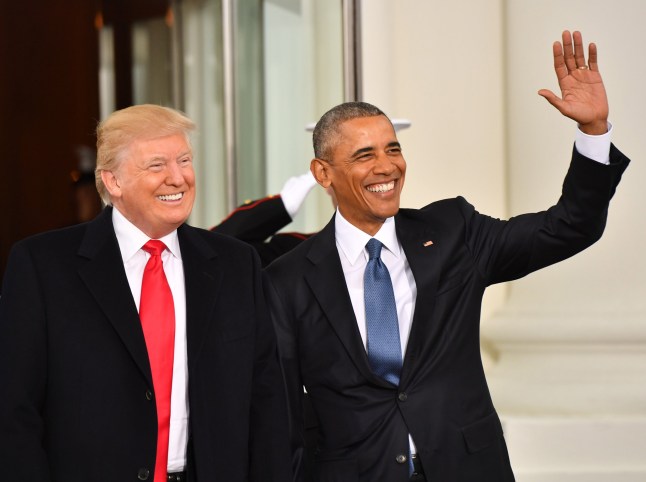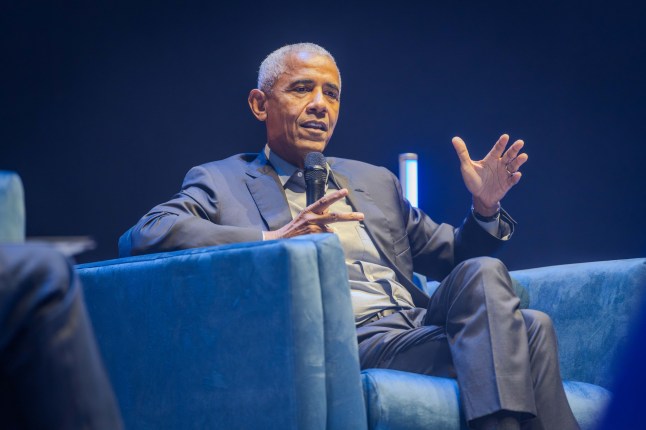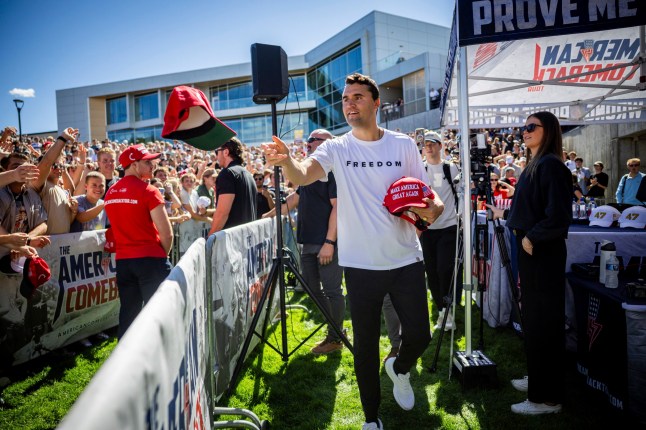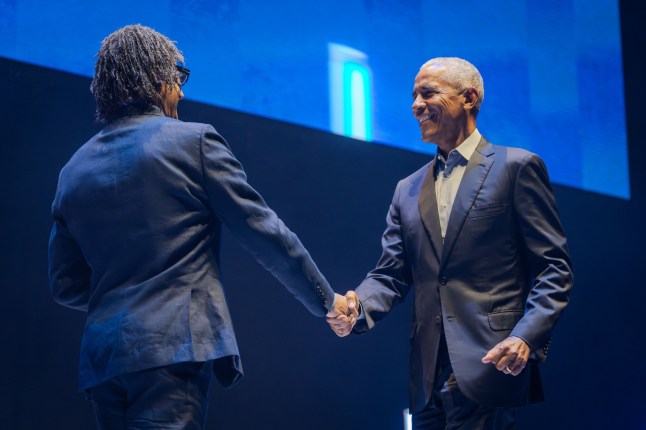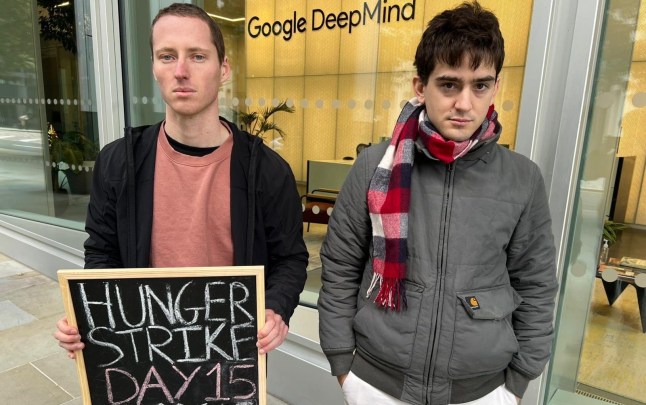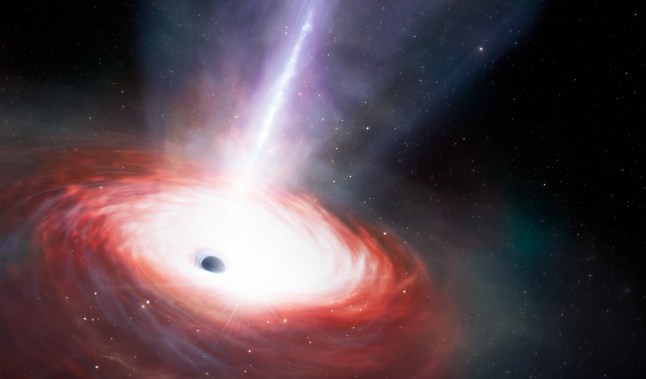
Supermassive black holes, the hungry hungry hippos of the universe, aren’t actually that supermassive, apparently.
Black holes are mysterious regions in space where gravity is so strong, they can even swallow up light.
With every planet, star and piece of cosmic dirt they eat, black holes grow larger and larger.
Supermassive black holes are where the equivalent of millions or even billions of suns have been squeezed into a ball and tend to be the centre of galaxies in our cosmic neighbourhood.
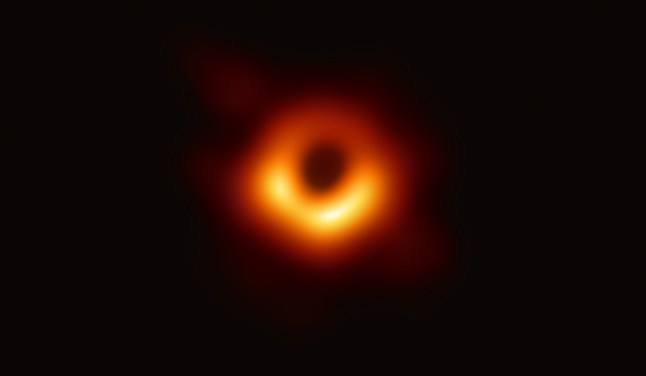
Scientists, however, have never quite been so sure how they wind up so supermassive.
But ‘massive’ might be more accurate to say, humbling research has found.
Astronomers from the University of Southampton have been examining an infant galaxy 12 billion light-years away with a new telescope.
Together with European astronomers, they found that the supermassive black hole in the galaxy was 10 times smaller than expected, suggesting these space-time trapdoors are smaller than we think.
Well, by ‘smaller’, it was only the mass equal to 1billion suns.
The discovery, published today in the journal Astronomy and Astrophysics, would help explain a lot of things, Professor Seb Hoenig told Metro.
‘Astronomers have this idea that galaxies and black holes grew together gradually, maybe with the galaxy even growing a bit faster than the black hole,’ he explains.
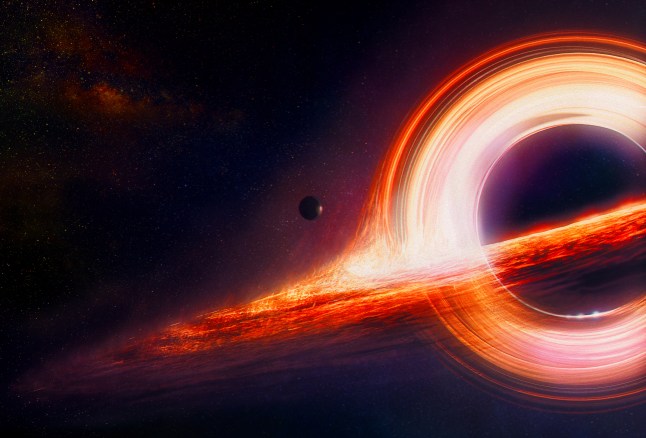
‘Now, the data collected over the past years has been questioning this understanding of cosmic evolution.
‘Why? Because it seemed like the supermassive black holes in these very early, infant galaxies were already fully grown after just about 1billion years after the Big Bang.’
This presented scientists with two head-scratchers, given that these giant cosmic mouths shouldn’t even exist, according to modern science.
‘The second issue: There shouldn’t have been enough time for them to grow that massive!’ Professor Hoenig adds.
‘Black hole growth has to obey some fundamental physical limits and getting to these masses within 1billion years is hard to make sense of.
‘So, cosmic evolution was really in a pickle.’
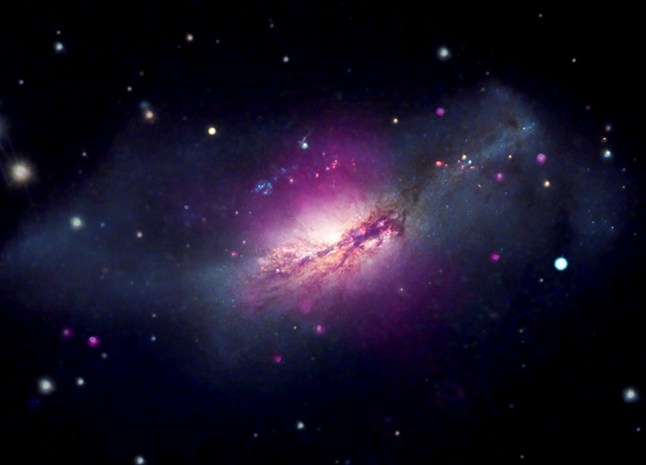
To help answer this, his team examined an ancient quasar, the shining cores of galaxies powered by supermassive black holes.
They got up close to it by using GRAVITY+, which combines the light of four of the world’s largest telescopes at the European Southern Observatory’s Very Large Telescope in Chile.
Usually, experts weigh a black hole by observing the dim clouds of gas and dust from the early universe that swirl around it.
Yet researchers found that the hot gas was partly being blasted away by the blinding light, rather than smoothly going down the early black hole’s gullet, preventing it from growing.
This is despite the black hole, discovered in 2024, being one of the most powerful in the universe and gobbling roughly one star’s worth of matter a day.
‘The galaxy we observed is quite typical of galaxies at this cosmic stage, which indicates that the simple, indirect method generally overestimates the mass massively,’ Professor Hoenig adds.
‘If we take this into account and revise masses down by the same amount, then most of the issues of how supermassive black holes can grow very massive very fast go away as they are actually much less massive.
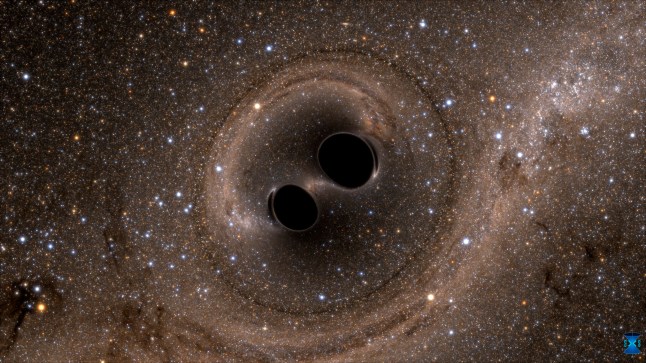
‘So, these observations seem like they resolve two cosmic puzzles that have been a focus of astronomical research over the past years.’
After all, a lot of our understanding of the universe and how we Earthlings came to be hinges on these fearsome gravitational monsters.
The answer to a rather simple-sounding question, what would happen if you fell into a black hole, could change physics.
When you sleep on a mattress, you make it sag – this is what a black hole does to space-time. Rather than a mattress, though, it’s a matter that is collapsing endlessly to a point of infinite density known as a singularity.
Albert Einstein’s general theory of relativity says that you would feel weightless if you fell into a black hole, like when you bungee jump.
You’d fall into its event horizon, the empty edges of the black hole, before being stretched into a noodle and mushed into its core.
Some scientists think you’d instead be sizzled by a ring of energy looping around a black hole, called a ‘firewall’. So event horizons aren’t exactly as empty as we first thought.
In other words, there are a lot of things we don’t know about these bottomless pits of nothingness.
‘They seem to influence much of what we see in the universe, from the very beginning to the galaxies we see today,’ Professor Hoenig says.
‘Yet there is so much left unknown about them.’
Get in touch with our news team by emailing us at webnews@metro.co.uk.
For more stories like this, check our news page.
